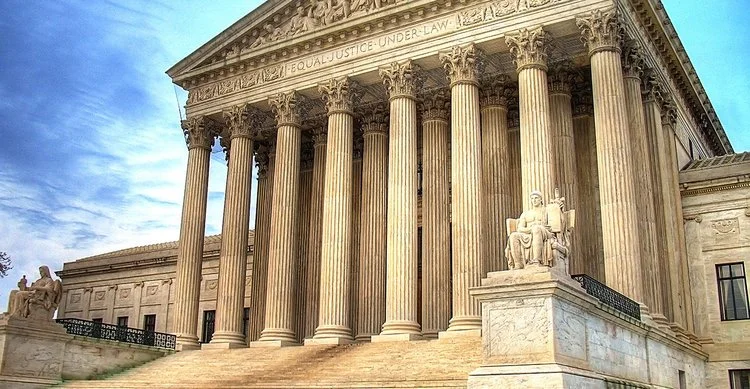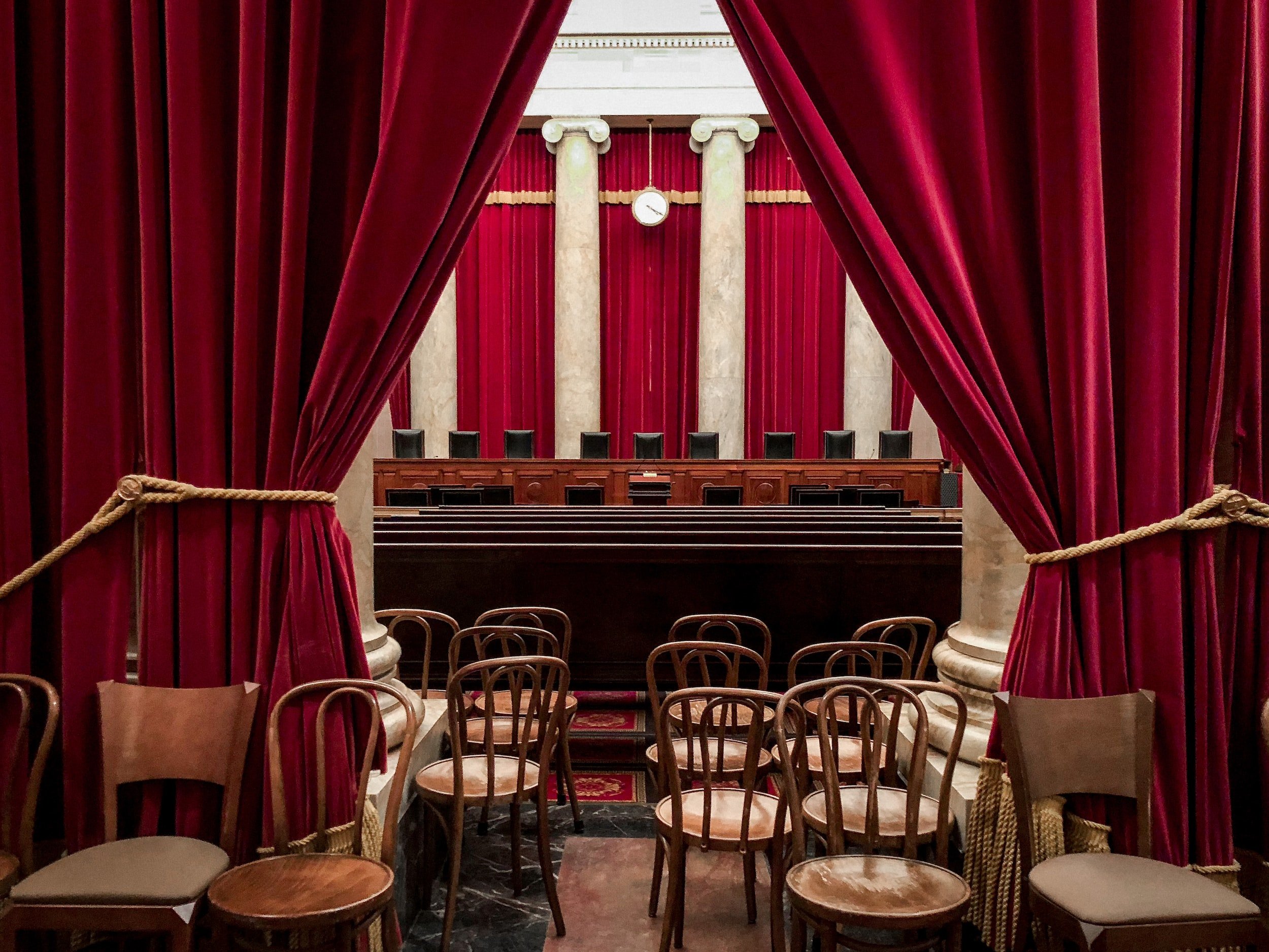Landmark Court Cases Inquiry
Each case comes with tons of visuals, videos, and information so students can learn about its constitutional connection, key facts, constitutional questions, holding, impact of case, connection to other cases, and critical questions. Each case includes a lesson, graphic organizer, and a completed rubric for teachers.
CLICK ON THE THUMBNAIL BELOW TO LEARN ABOUT EACH OF THE 14 LANDMARK SUPREME COURT CASES
Landmark Cases Rubric
Complete this graphic organizer for each case of the fourteen required landmark Supreme Court Cases.
Rank the Landmark Cases
They’re all important (that’s why we call them landmark cases), but which ones stand out at the tip top of all court cases?
Constitutional Connection
What’s the constitutional connection to each case?
Constitutional Speculation
Imagine the current Supreme Court reheard the 14 landmark cases. How would they rule, and why?
Landmark Court Case Project
Use our engaging Landmark Case project to make your court case knowledge stick
Interactive Court Cases Timeline
All the landmark Supreme Court cases in a row with essential knowledge and links.
Shaw v. Reno (1993)
Constitutional Connection
14th Amendment
Shaw v. Reno (1993) was a landmark United States Supreme Court case in the area of redistricting and racial gerrymandering.
Key Facts
After the 1990 census, North Carolina qualified to have a 12th district and drew it in a distinct snake-like manner in order to create a “majority-minority” Black district.
The U.S. Attorney General rejected a North Carolina congressional reapportionment plan because the plan created only one black-majority district. North Carolina submitted a second plan creating two black-majority districts. One of these districts was, in parts, no wider than the interstate road along which it stretched. Five North Carolina residents challenged the constitutionality of this unusually shaped district which they argued was a racial gerrymander that violated the equal protection clause of the Fourteenth Amendment, alleging that its only purpose was to secure the election of additional black representatives. After a three-judge District Court ruled that they failed to state a constitutional claim, the residents appealed and the Supreme Court granted certiorari.
“No voting qualification or prerequisite to voting, or standard, practice, or procedure shall be imposed or applied by any State or political subdivision to deny or abridge the right of any citizen of the United States to vote on account of race or color.”
Big Question
Did the North Carolina residents' claim, that the State created a racially gerrymandered district, raise a valid constitutional issue under the Fourteenth Amendment's Equal Protection Clause?
Holding
5-4 Yes. The Court agreed that the shape of the proposed district was so odd that there was no compelling explanation for its shape other than separating voters by race. Although district plans may take racial considerations into account, and must meet the provisions of the Voting Rights Act, race cannot be the predominant factor in drawing districts.
Impact of case
The significance of the Shaw v. Reno decision is heavily debated but it is known that it had a lasting impact on how the Voting Rights Act was going to be enforced and the structure of the U.S. political system. Under Shaw v. Reno, redistricting can be held to the same legal standard as laws that explicitly classify by race. Legislative districts that cannot be explained through any means other than race may be struck down in court.
Connections
The Supreme Court continues to hear cases about gerrymandering and racially motivated districts. Only two years after Shaw v. Reno, the same five Supreme Court justices explicitly stated that racial gerrymandering violated the 14th Amendment Equal Protection Clause in Miller v. Johnson (1995). Recent gerrymandering cases have included Gill v. Whitford (2018) and Rucho v. Common Cause (2019).
“All persons born or naturalized in the United States, and subject to the jurisdiction thereof, are citizens of the United States and of the State wherein they reside. No State shall make or enforce any law which shall abridge the privileges or immunities of citizens of the United States; nor shall any State deprive any person of life, liberty, or property, without due process of law; nor deny to any person within its jurisdiction the equal protection of the laws.”
Critical Questions
What does the Voting Rights Act say?
What is gerrymandering and what is racial gerrymandering?
How is racial gerrymandering different from partisan gerrymandering?
What does the 14th amendment say about equality?
Why did the majority of SCOTUS side with Shaw?
Had you been on SCOTUS how would you have voted on this case?
Does Shaw v. Reno outlaw racial gerrymandering?
Based on the ruling in Shaw v. Reno, list the rules regarding racial gerrymandering:
Arnold Swartzeneger says that in our system the politicians chose the voters instead of the votes choosing the politician. What does that mean?
Resources
Oyez - Shaw v. Reno
Get AP exam-ready with diagnostic tests, online review games, test review sheets, practice quizzes, full-length practice exam, and self-guided writing workshops. We'll make studying a breeze.






























